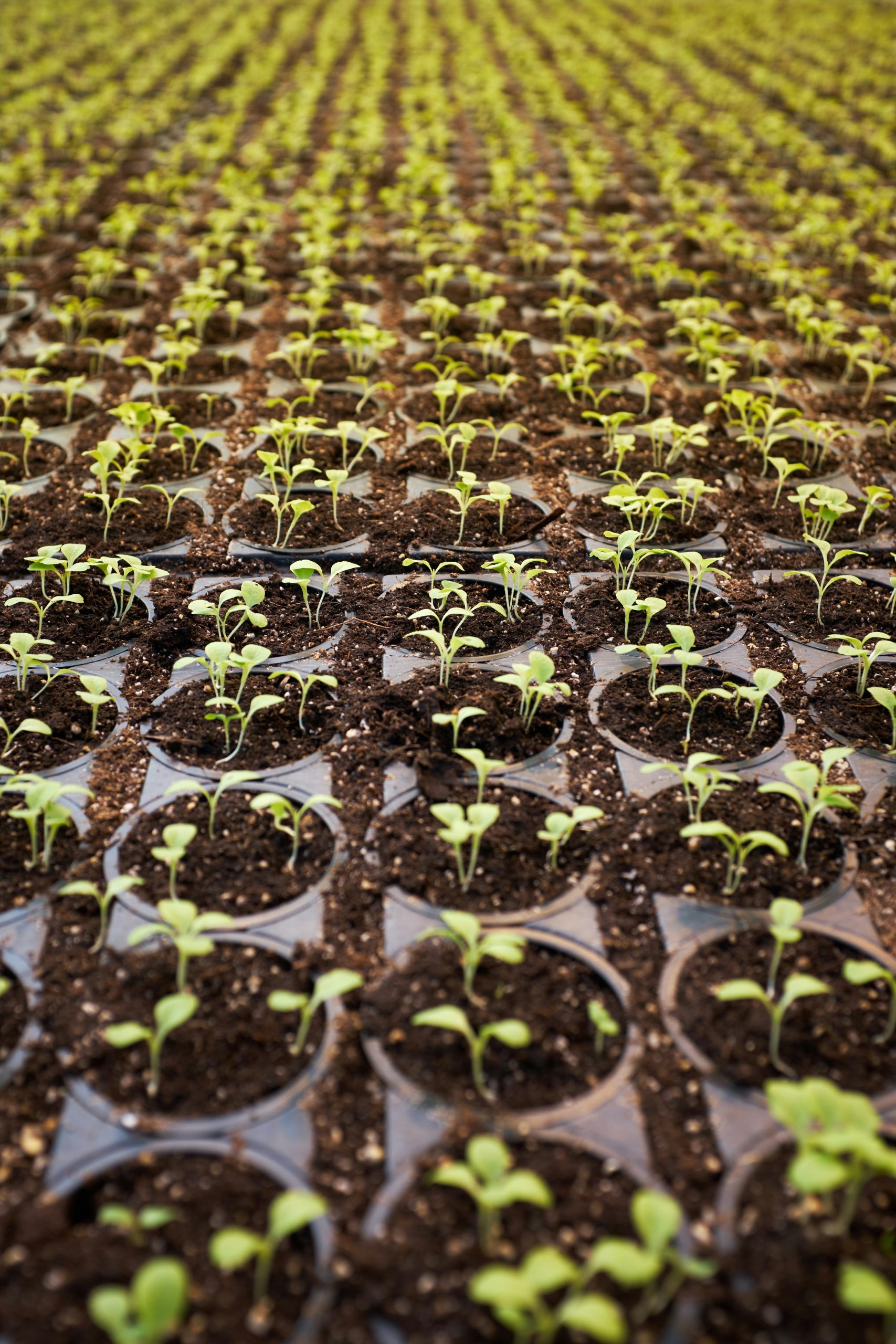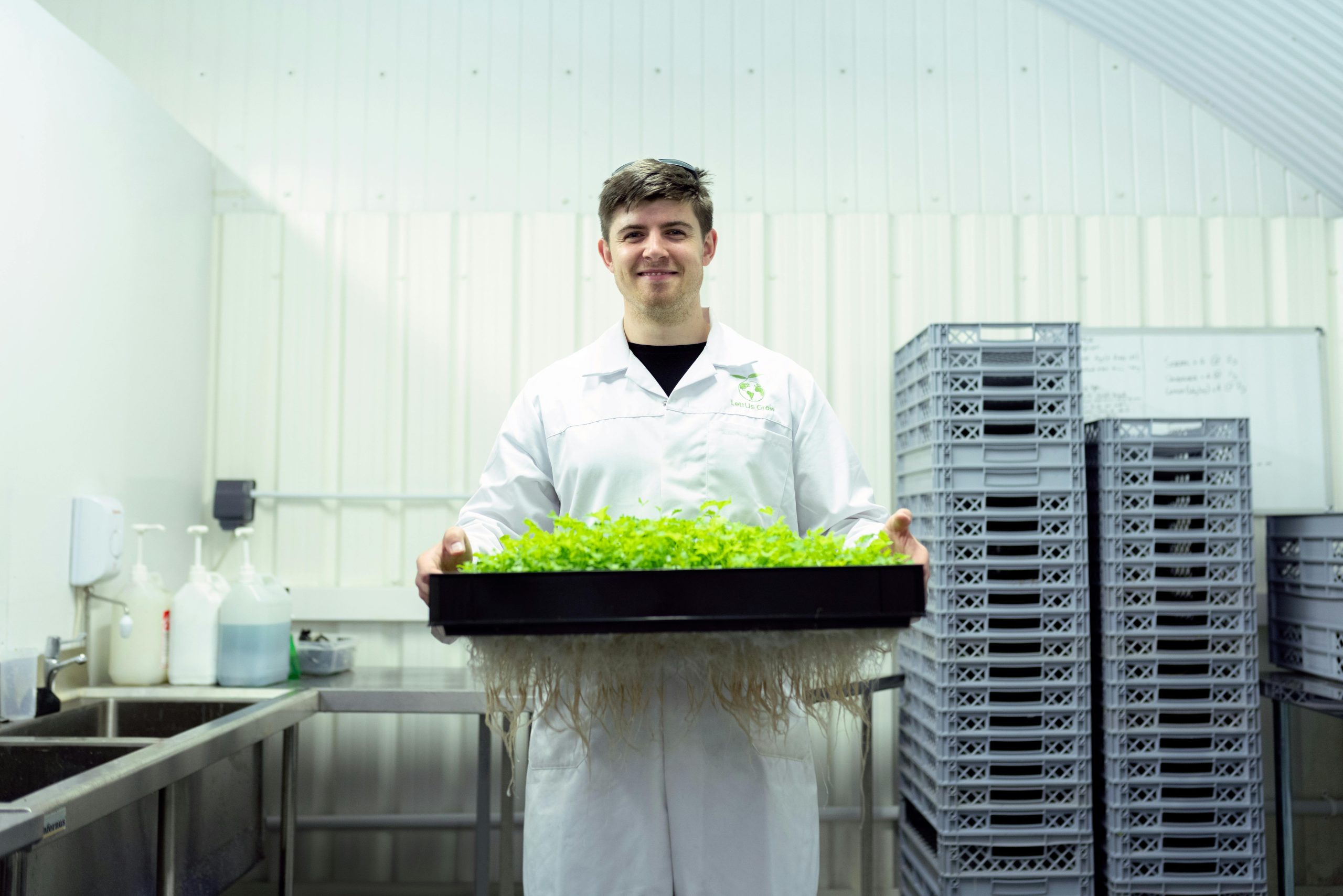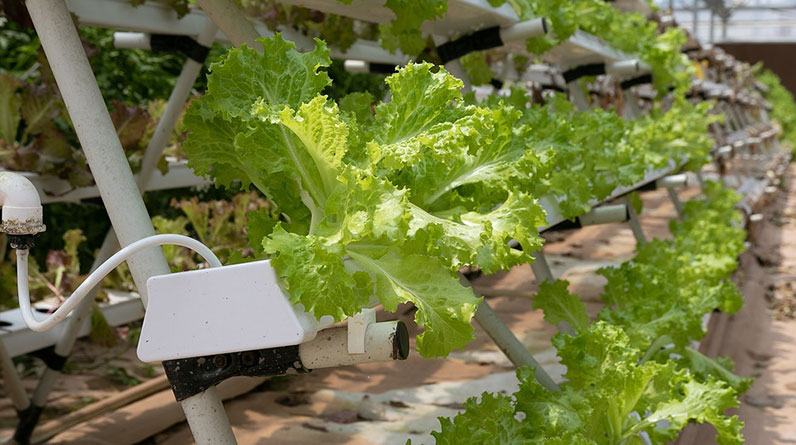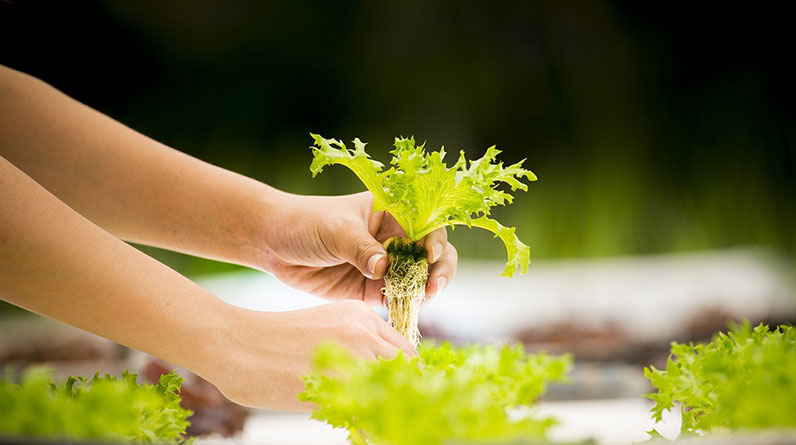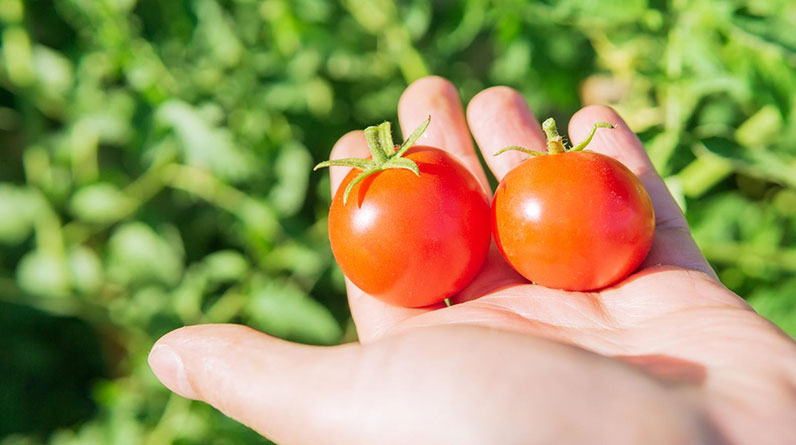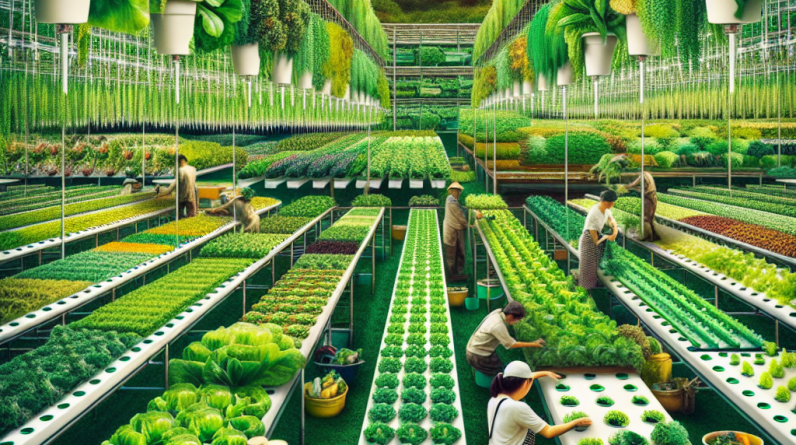
Understanding Hydroponics
What is Hydroponics?
Hey folks! So, let’s kick things off with the basics. Hydroponics is a method of growing plants without soil. Yup, you heard right! It’s all about using nutrient-rich water to feed the plants. This technique allows for precise control over what plants consume and can lead to faster growth. It’s pretty fascinating how you can grow fresh veggies right in your kitchen with this method! In my experience, it demonstrates a fantastic blend of science and sustainability.
The Benefits of Hydroponics
Now, why should we even care about hydroponics, you ask? Well, for starters, hydroponic systems use significantly less water than traditional farming. That’s a big win right there, especially with all the water scarcity issues we’re facing globally. Plus, you can grow fresh produce all year round. Forget about those sad, wilting veggies from the grocery store; you can know exactly where your food is coming from!
Different Hydroponic Systems
So, let’s get into the nitty-gritty of different systems! There are quite a few types of hydroponic systems like nutrient film technique (NFT), deep water culture (DWC), and drip systems. Each has its unique perks and limitations. I personally lean towards DWC because I love the idea of my plants chilling in a pool of nutrient-rich water!
Setting Up Your Hydroponic Garden
Selecting Your Space
Choosing the right spot for your hydroponic setup can be crucial. Whether it’s a sunny windowsill or a dedicated greenhouse, light and space are key players. In my small apartment, I carved out a cozy corner that gets plenty of sunlight. It’s amazing how much green you can bring into your life, no matter your living situation!
Choosing the Right Equipment
Now, let’s talk gear! You’ll need some essential equipment: growing containers, a water reservoir, a pump, and of course, the nutrient solutions. I remember when I first started; I had to do a bit of digging around for the best deals. What I found was that investing in good equipment saves time and hassle in the long run!
Starting Your Seeds
Once you have your space and gear set, it’s time to get planting! I usually start seeds in a seedling tray—this preps them nicely before moving to the bigger setup. Watching those tiny sprouts turn into thriving plants is one of my favorite parts. It’s like a mini miracle every time!
Maintaining Your Hydroponic System
Water Quality Management
Water, the lifeblood of a hydroponic system, needs to be monitored closely. Regularly checking the pH and nutrient levels ensures your plants are getting what they need. I’ve learned that maintaining the right balance can be a bit like science class; it’s not difficult, but you gotta pay attention!
Pest Control Strategies
We can’t forget about pests! Even in a hydroponic setup, they can appear out of nowhere. That’s why preventative measures are essential. I prefer using natural repellents and regularly inspecting my plants. A little vigilance goes a long way in keeping my leafy friends happy and healthy!
Harvesting Your Crops
Ah, the sweet reward of your efforts—harvesting! Knowing when to pick your crops can really make a difference in taste and yield. Typically, it’s the moment they hit the peak of freshness. For me, there’s nothing like enjoying the fruits (or veggies!) of my labor with a fresh salad made right from my hydroponic garden!
Benefits of Hydroponic Farming for Sustainable Living
Environmental Impact
Hydroponic farming comes with a slew of environmental benefits. It uses less land and water, making it a greener option compared to traditional farming. You’re also reducing the carbon footprint associated with transporting food. I love knowing that my little indoor farm is contributing to a more sustainable planet!
Health Benefits
Let’s not overlook the health side of things. Homegrown veggies are free from pesticides and chemicals that often come with store-bought produce. You really can taste the difference! Eating fresh, organic food can boost your health, and frankly, it just feels good to nourish your body this way.
Community and Education
Engaging in hydroponic farming also opens the door to community and learning opportunities. I’ve met tons of fantastic people through local gardening groups and online forums, sharing tips and successes. Plus, it fosters a sense of responsibility and stewardship toward our food sources. It’s super rewarding!
Conclusion: Taking the Leap
So, there you have it, my journey and insights into hydroponic farming for sustainable living. It’s been a transformative experience that I wholeheartedly invite you to explore yourself. It requires a bit of work and attention, but trust me, the rewards are worth it!
FAQ
What is hydroponic farming?
Hydroponic farming is the method of growing plants without soil, utilizing nutrient-rich water instead. It allows for efficient plant growth with controlled conditions.
Do I need a lot of space to start hydroponics?
Nope! Hydroponics can be done in small spaces like apartments or balconies. You can set up a hydroponic garden on a sunny windowsill or in a dedicated area of your home.
What equipment do I need for a hydroponic garden?
Some basic equipment includes growing containers, a water reservoir, a pump, and nutrient solutions. Depending on the system you choose, other tools might be necessary.
How do I manage water in a hydroponic system?
Regularly check the pH levels and nutrient concentration of the water. Maintaining the right balance is crucial for healthy plant growth.
Can hydroponics help with sustainability?
Absolutely! Hydroponics uses less water and land compared to traditional farming and reduces transportation emissions, making it a greener option.




